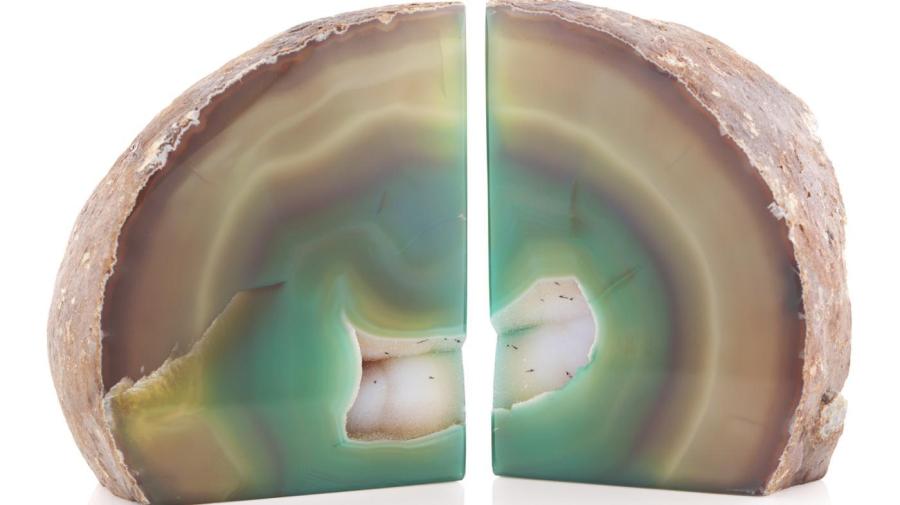Where Can You Find Geodes?

Geodes are mostly found in deserts, volcanic ash beds and areas with limestone throughout the world. In the United States, common geode sites include Arizona, California, Iowa, Nevada and Utah. The most abundant geode sites in California are Riverside and Imperial counties.
According to DesertUSA, one of the most popular geode areas is known as the Hauser Geode Beds, which are found at Wiley Well in Imperial Valley, California. Other well-known places with the finest concentration of geodes are the Cinnamon Geode Beds and the North Black Hills Geode Beds.
Geodes are found in volcanic rocks and sedimentary rocks such as limestone and dolomite. They form in sedimentary rocks when cavities are dissolved by ground water and minerals are deposited again as crystals. Additionally, they form in pre-existing concretions and spaces caused by expansion of rocks due to internal fluid pressure.
Geodes typically have minerals like carbonates, a crystal lining of quartz and an outer shell of chalcedony. Their size often reaches over a meter in diameter. Geodes made of dolomite and calcite have been found in sedimentary rocks in the Muswellbrook-Singleton region in New South Wales. According to the Australian Museum, volcanic geodes made of chalcedony, calcite, agate and amethyst quartz have been found in several regions in Queensland, New South Wales and Victoria.





